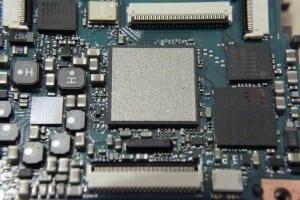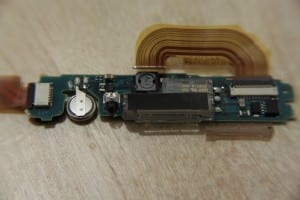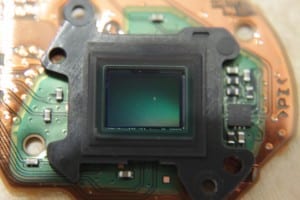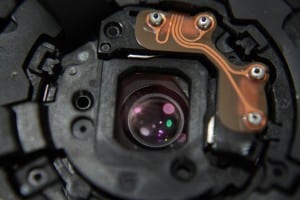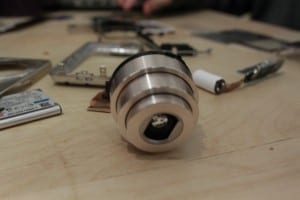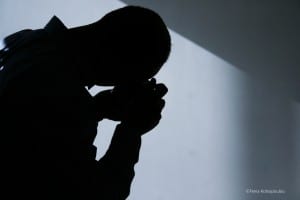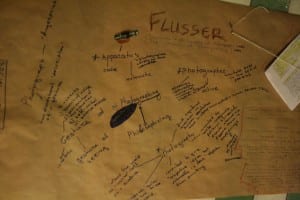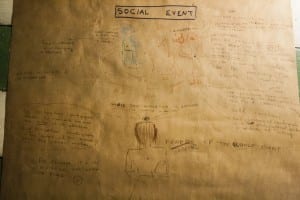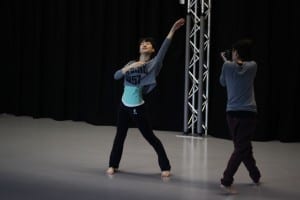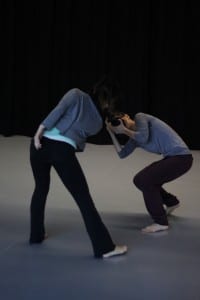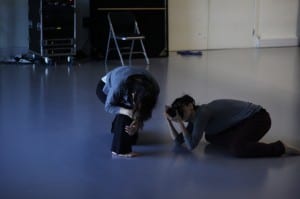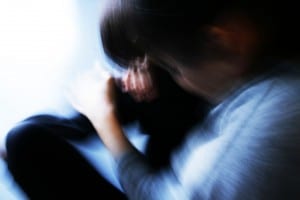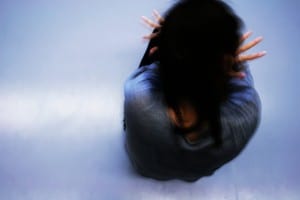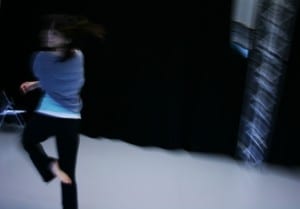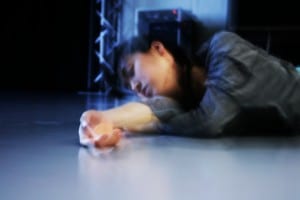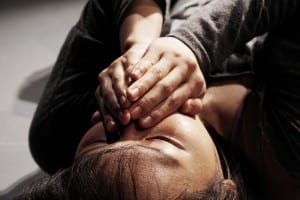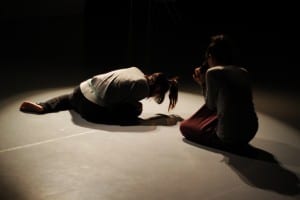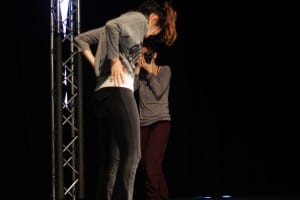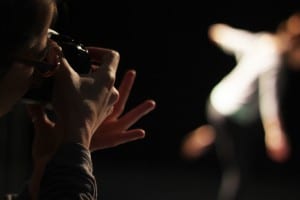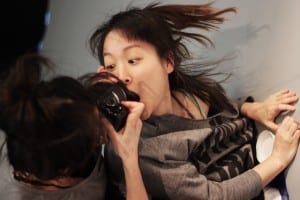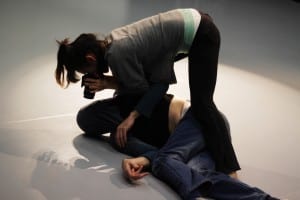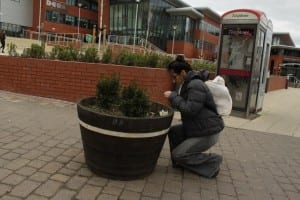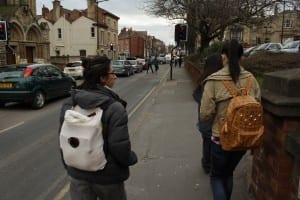Notes from: Flusser V., Towards a philosophy of Photography, (1983)
III. Apparatus.
- is an object which makes itself ready for something: predatory characteristic.
- informs the object
- simulate human organs
- have resource to science
- people act as function of them
- there are intentions hidden within it
- it is a toy that simulates thought and is so complex that the person playing with it cannot comprehend it; What make the camera becoming a game is the program, the software. The apparatus hols power over the photographer: it programs his gestures. “A philosophy of photography must reveal the fact that there is no place for human freedom within the area of automated, programmed, and programming apparatuses, to show a way in which it is nevertheless possible to open up a space for freedom.”
- what the photographer does is to look for information to be realized in a photograph; he tries to find hidden or undiscovered virtualities in the camera program that enables him to find a new information; he is within the camera.
Before the industrial revolution the man was surrounded by tools which worked in function of him; after the industrial revolution the tools that become machine are in the center surrounded by men who works in function of the machine. Therefore we have a new relationship where man and apparatus form a single form – unit. Indeed Flusser never separates a writer from the typewriter, a painter from the brush and canvas, or a photographer from the “apparatus.” Ever the phenomenologist, he is unwilling to separate an object from the consciousness that intends it. He observes the movement — in this case the movement of a photographer around a human subject — as a dynamic interplay between subject and object. He arrives at the conclusion that photographing is a way philosophising, without language. (http://www.nancyannroth.com/?p=214)

